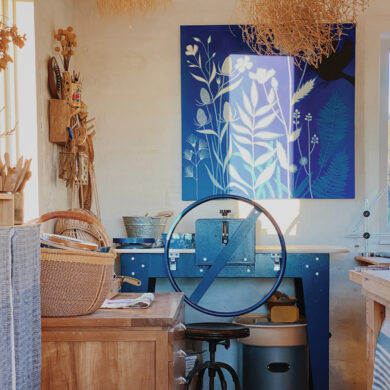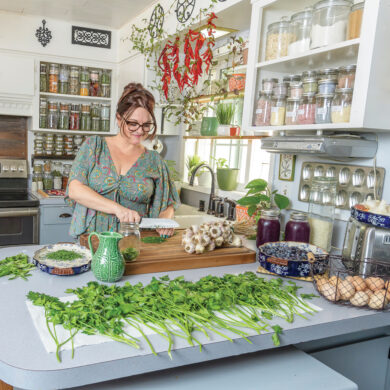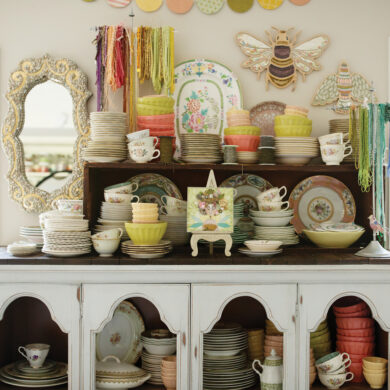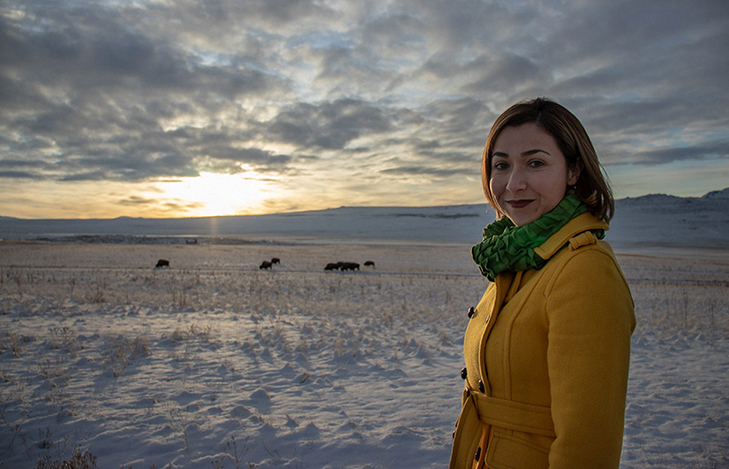
I think we can all agree that there’s nothing better for us as makers than when our art is just effortless; the words flow onto the page, the paint pours onto the canvas, the clay takes its proper shape. All of us artisan women can relate to that word, flow, and how it feels.
We NEED to ride that wave of creative ecstasy like surfers that we are. Flow. Even italics can convey what it’s like, with its positive, forward motion. And so, even when it’s not effortless, we paddle towards it; sometimes with sore arms, sometimes through garbage, ours or someone else’s. Sometimes, barely treading above water, we admit to ourselves that it can be pretty darn hard to get in the flow, let alone stay in it, but we crave that perfect wave, so we lean in and paddle on.
It doesn’t matter how many pieces of our art land at the bottom of our ocean of ideas, as long as there is at least one idea, one wave that we rode all the way to shore. It’s that proof of concept that keeps us pursuing more of that flow.
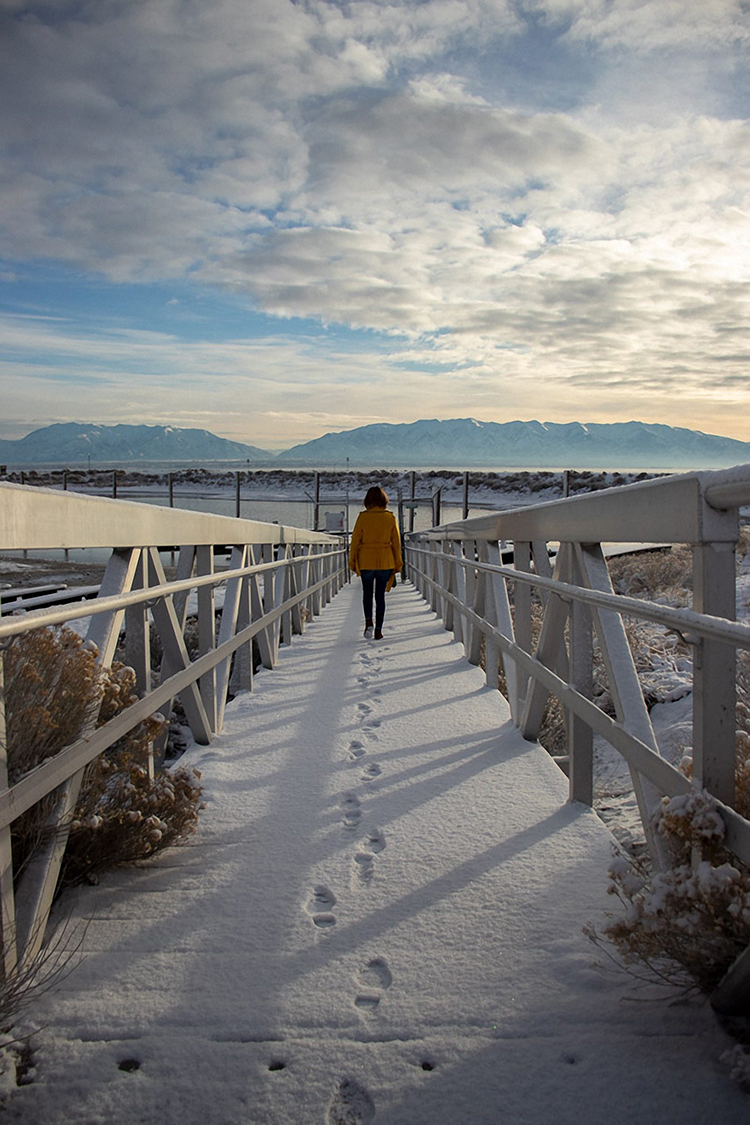
According to the positive psychologist, Mihály Csíkszentmihályi, flow is “a state in which people are so involved in an activity that nothing else seems to matter; the experience is so enjoyable that people will continue to do it even at great cost, for the sheer sake of doing it.” Therefore, we mustn’t let rough waters keep us from such perpetual joy! But, how do we get so involved that nothing else matters?
“May your choices reflect your hopes, not your fears.”
— Nelson Mandela
Mindfulness is a buzzword that comes directly to mind, but it’s so much more than a word, like being in flow, being mindful can put our work and life in positive, forward motion. Mindfulness and flow are cousins, I’m sure of it.
Simply put, being mindful means we press pause on all the noise out there and go inward; literally breathing into our actual life, not holding our breath for the life we think we want that doesn’t exist.
In the ebbs and flows (waves) of the breath, we pause to linger in the sweetness of our artistry; we pause to accept the rawness of our life.
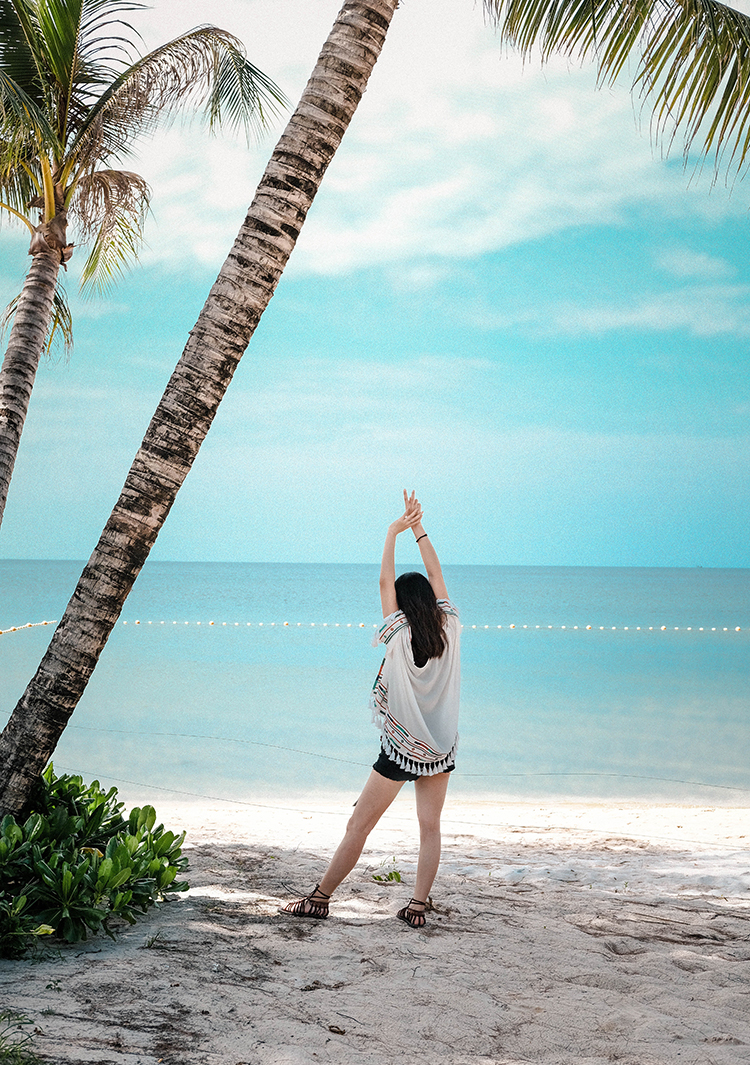
Five years ago, before I began a mindfulness practice and learned my passion for storytelling, it felt like I was gasping for air in my life. My husband and I co-owned 12 fast-food restaurant franchises, a business I loathed, despite the promise of it being “good money.” Aside from business woes, after fifteen years of searching for answers, I found out I was born with and still have a chronic stress disorder called Pyroluria. I’m genetically wired to be in a near-constant state of fight-or-flight. Everything was upside down; my precious family aside, this was not the life I wanted.
Maybe you’ve been there too, or you might be there now. Even though you have your creativity, you can’t just focus on your art like you want to. You wear many hats as a one-woman-show. Your business rides or dies with you. And, that kind of stress can kill creativity. None of us want that. Period.
As if that’s not enough to deal with, we face our own perceived imperfections. Before I learned to manage my Pyroluria, I thought I wasn’t good enough to pursue my dream of being a writer because the condition caused me to feel like I wasn’t good enough for a lot of things, so I settled for something that was so not my thing. I wish I had heard this advice from social scientist, Brene Brown, earlier in my journey, so I’m leaving it here for you, in case it saves you time. In her book, The Gifts of Imperfection, she says, “Authenticity is the daily practice of letting go of who we think we’re supposed to be and embracing who we are.” Thank the heavens for the pain that led me to my authentic self. Because I learned mindfulness, I now live a more holistic lifestyle, which includes pouring my heart into my writing and my family. I’m so much happier now that I’ve given myself permission to breathe and just be me.
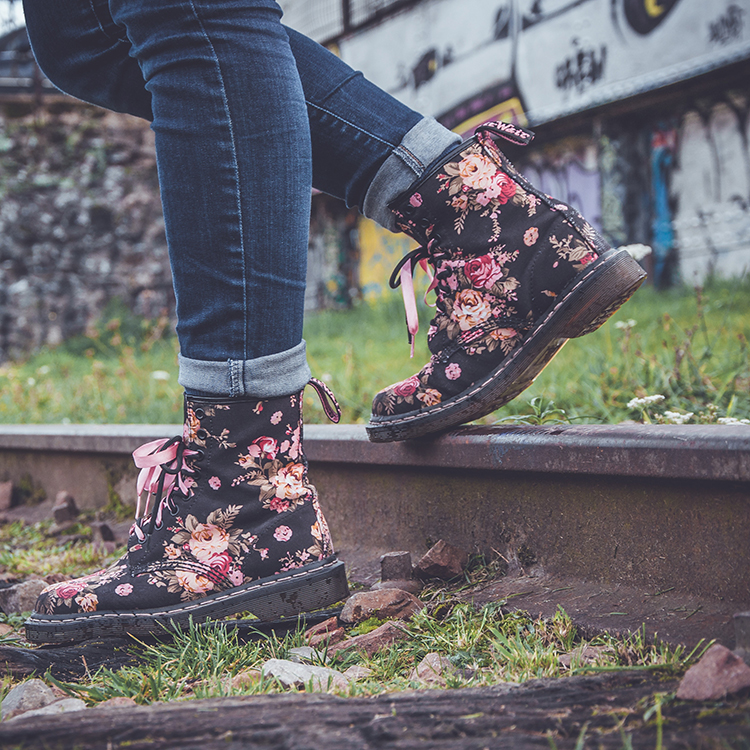
You might think you’re too busy to meditate, and I am with you entirely, but I like what my meditation instructor, Debi Todd, M.S., taught me. As counterintuitive as it sounds, “The busier you feel, the more you need to meditate.” It is still not practical, but she was right. We can’t sit and “zone out” all day, but we can “zone in.” By “zone in,” I mean we can design our spaces and lives around being mindful without sitting on a cushion in a full-lotus pose. When we live a mindful lifestyle, we can always quiet the noise in our minds enough to pull out the art that’s underneath in our hearts, without even closing our eyes.
With eyes open, here are eight simple, interchangeable ways we can be mindful creators throughout our days: in a studio, at home, everywhere. When one isn’t convenient, I just use another one that’s more appropriate for the situation.
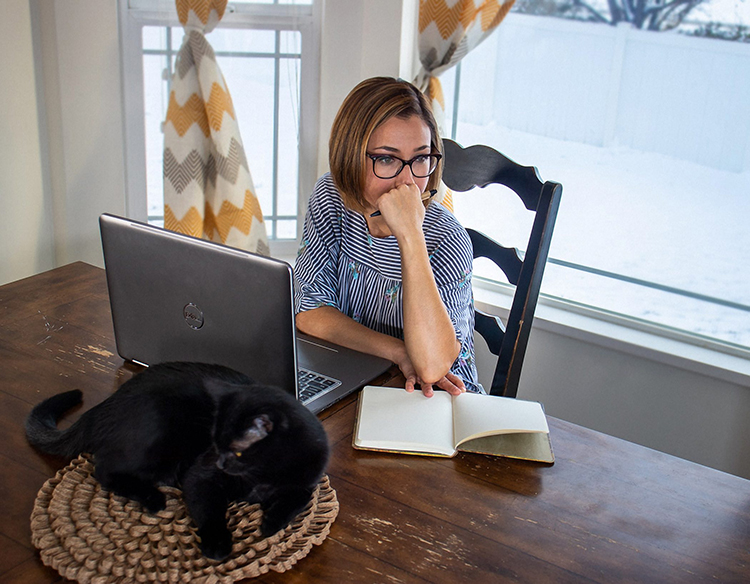
1. Write a list of affirmations and things you are grateful for: your work, family, health, etc. Read it daily. Pretty soon, you just might memorize the list and be able to recite it without looking at it. This can be helpful when you are having negative thoughts or self-doubt. My favorite affirmation is, “I am enough.”
2. Hydrate with water first thing in the morning and all throughout the day. Not only will this help your body wake up, but it’s also something you can take the time to enjoy since you have to basically stand still while you do it. After my morning water, I then mindfully make and drink my coffee.
3. Whether you shower or bathe, running water is a great mindfulness tool. Tune in to the sound of the water and your opportunity for self-care. Showering is my favorite way to start a work session because inevitably, my now clear mind and body turns me towards my work.
4. Play your favorite music and listen to the words, the sounds. Don’t be afraid to dance!
5. Notice the flavors and textures of your meals instead of scarfing things down so fast you forget to taste your nourishment. Also, smell the smells. Eating is a form of mindfulness, too.
6. Move mindfully. Whether you are in the studio in mid-creation, exercising, or simply walking—even climbing stairs—pay attention to each motion.
7. Maker nature your friend, no matter the weather. Let it ground you. Kick off your shoes if the occasion calls for it and soak up the earth’s energy into your own. Breathe fresh air. Get sun. Play in the snow. Splash in the water. Birdwatch. Spot wildlife. Observe the beauty all around you. Then go back to your studio and create!
8. Keep your studio tidy and organized. Purge what you don’t use. Have all your tools handy. Have inspiring décor, plant life and sentimental items to surround you. And, if you have space, set up a meditation area and use it every chance you get!
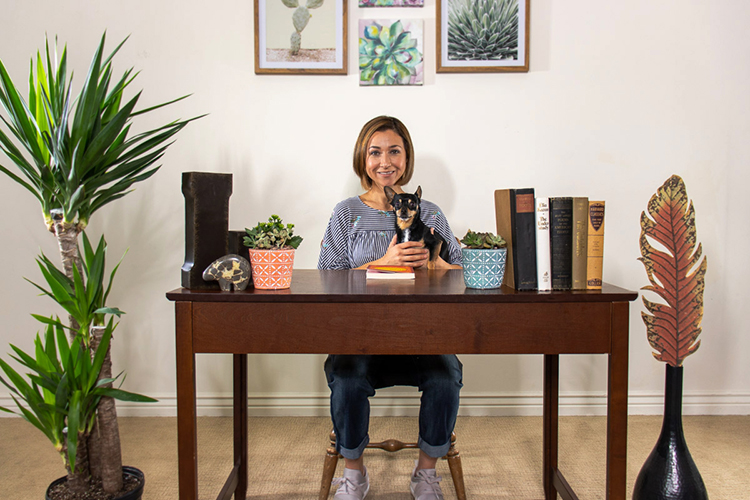
Now that we know we can hit pause even when we’re on-the-go, there’s no reason for us not to ride that wave of creative ecstasy and just…flow.

I think we can all agree that there’s nothing better for us as makers than when our art is just effortless; the words flow onto the page, the paint pours onto the canvas, the clay takes its proper shape. All of us artisan women can relate to that word, flow, and how it feels.
We NEED to ride that wave of creative ecstasy like surfers that we are. Flow. Even italics can convey what it’s like, with its positive, forward motion. And so, even when it’s not effortless, we paddle towards it; sometimes with sore arms, sometimes through garbage, ours or someone else’s. Sometimes, barely treading above water, we admit to ourselves that it can be pretty darn hard to get in the flow, let alone stay in it, but we crave that perfect wave, so we lean in and paddle on.
It doesn’t matter how many pieces of our art land at the bottom of our ocean of ideas, as long as there is at least one idea, one wave that we rode all the way to shore. It’s that proof of concept that keeps us pursuing more of that flow.

According to the positive psychologist, Mihály Csíkszentmihályi, flow is “a state in which people are so involved in an activity that nothing else seems to matter; the experience is so enjoyable that people will continue to do it even at great cost, for the sheer sake of doing it.” Therefore, we mustn’t let rough waters keep us from such perpetual joy! But, how do we get so involved that nothing else matters?
“May your choices reflect your hopes, not your fears.”
— Nelson Mandela
Mindfulness is a buzzword that comes directly to mind, but it’s so much more than a word, like being in flow, being mindful can put our work and life in positive, forward motion. Mindfulness and flow are cousins, I’m sure of it.
Simply put, being mindful means we press pause on all the noise out there and go inward; literally breathing into our actual life, not holding our breath for the life we think we want that doesn’t exist.
In the ebbs and flows (waves) of the breath, we pause to linger in the sweetness of our artistry; we pause to accept the rawness of our life.

Five years ago, before I began a mindfulness practice and learned my passion for storytelling, it felt like I was gasping for air in my life. My husband and I co-owned 12 fast-food restaurant franchises, a business I loathed, despite the promise of it being “good money.” Aside from business woes, after fifteen years of searching for answers, I found out I was born with and still have a chronic stress disorder called Pyroluria. I’m genetically wired to be in a near-constant state of fight-or-flight. Everything was upside down; my precious family aside, this was not the life I wanted.
Maybe you’ve been there too, or you might be there now. Even though you have your creativity, you can’t just focus on your art like you want to. You wear many hats as a one-woman-show. Your business rides or dies with you. And, that kind of stress can kill creativity. None of us want that. Period.
As if that’s not enough to deal with, we face our own perceived imperfections. Before I learned to manage my Pyroluria, I thought I wasn’t good enough to pursue my dream of being a writer because the condition caused me to feel like I wasn’t good enough for a lot of things, so I settled for something that was so not my thing. I wish I had heard this advice from social scientist, Brene Brown, earlier in my journey, so I’m leaving it here for you, in case it saves you time. In her book, The Gifts of Imperfection, she says, “Authenticity is the daily practice of letting go of who we think we’re supposed to be and embracing who we are.” Thank the heavens for the pain that led me to my authentic self. Because I learned mindfulness, I now live a more holistic lifestyle, which includes pouring my heart into my writing and my family. I’m so much happier now that I’ve given myself permission to breathe and just be me.

You might think you’re too busy to meditate, and I am with you entirely, but I like what my meditation instructor, Debi Todd, M.S., taught me. As counterintuitive as it sounds, “The busier you feel, the more you need to meditate.” It is still not practical, but she was right. We can’t sit and “zone out” all day, but we can “zone in.” By “zone in,” I mean we can design our spaces and lives around being mindful without sitting on a cushion in a full-lotus pose. When we live a mindful lifestyle, we can always quiet the noise in our minds enough to pull out the art that’s underneath in our hearts, without even closing our eyes.
With eyes open, here are eight simple, interchangeable ways we can be mindful creators throughout our days: in a studio, at home, everywhere. When one isn’t convenient, I just use another one that’s more appropriate for the situation.

1. Write a list of affirmations and things you are grateful for: your work, family, health, etc. Read it daily. Pretty soon, you just might memorize the list and be able to recite it without looking at it. This can be helpful when you are having negative thoughts or self-doubt. My favorite affirmation is, “I am enough.”
2. Hydrate with water first thing in the morning and all throughout the day. Not only will this help your body wake up, but it’s also something you can take the time to enjoy since you have to basically stand still while you do it. After my morning water, I then mindfully make and drink my coffee.
3. Whether you shower or bathe, running water is a great mindfulness tool. Tune in to the sound of the water and your opportunity for self-care. Showering is my favorite way to start a work session because inevitably, my now clear mind and body turns me towards my work.
4. Play your favorite music and listen to the words, the sounds. Don’t be afraid to dance!
5. Notice the flavors and textures of your meals instead of scarfing things down so fast you forget to taste your nourishment. Also, smell the smells. Eating is a form of mindfulness, too.
6. Move mindfully. Whether you are in the studio in mid-creation, exercising, or simply walking—even climbing stairs—pay attention to each motion.
7. Maker nature your friend, no matter the weather. Let it ground you. Kick off your shoes if the occasion calls for it and soak up the earth’s energy into your own. Breathe fresh air. Get sun. Play in the snow. Splash in the water. Birdwatch. Spot wildlife. Observe the beauty all around you. Then go back to your studio and create!
8. Keep your studio tidy and organized. Purge what you don’t use. Have all your tools handy. Have inspiring décor, plant life and sentimental items to surround you. And, if you have space, set up a meditation area and use it every chance you get!

Now that we know we can hit pause even when we’re on-the-go, there’s no reason for us not to ride that wave of creative ecstasy and just…flow.







